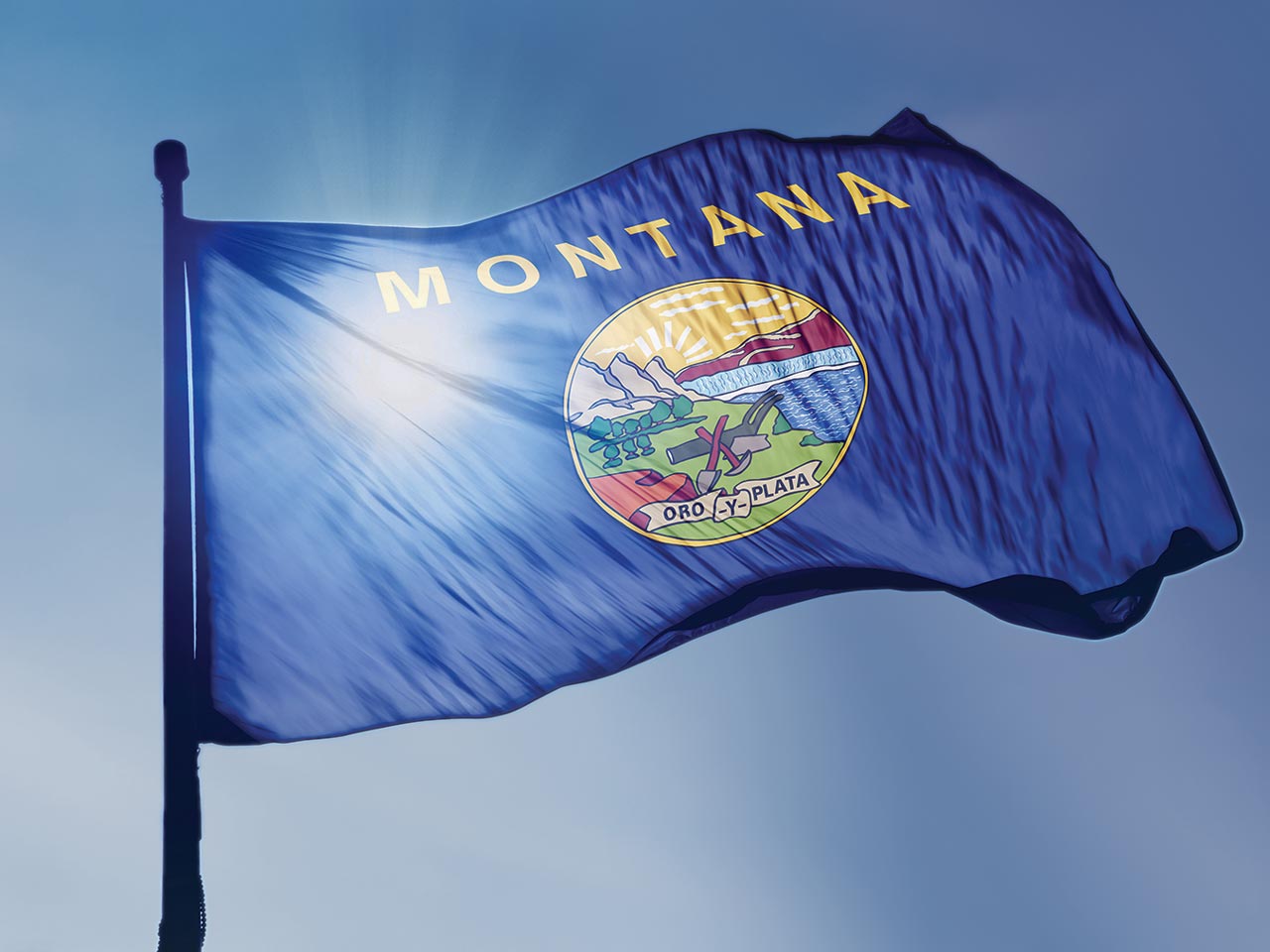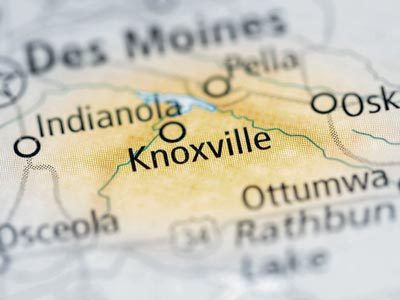https://www.avaya.com/ecomm/secured/cart-services/getcart/
https://www.avaya.com/commerce/cart
https://www.avaya.com/ecomm/secured/user/usertype/
https://www.avaya.com/ecomm/secured/cart-services/cart/count/
https://www.avaya.com/commerce/dashboard/
Avaya2/Account/ResendVerificationEmail
Avaya2/Account/PreSignUp
https://login.avaya.com/sso/common/logout.jsp?source=https://www.avaya.com/
/cs/Satellite?pagename=Avaya2/Service/FindStateByCountry&locale=en_US
/cs/Satellite?pagename=Avaya2/Service/FindCitiesByState&locale=en_US
/cs/Satellite/?pagename=Avaya2/Service/PartnerDirectory&locale=en_US
/cs/Satellite?pagename=Avaya2/Service/PartnerLocator&locale=en_US
/cs/Satellite/?pagename=Avaya2/Service/PartnerCountries&locale=en_US
/cs/Satellite/?pagename=Avaya2/Service/PartnerDetail&locale=en_US
/cs/Satellite?pagename=Avaya2/Service/FindCityByCountry&locale=en_US
/cs/Satellite/?pagename=Avaya2/Service/PartnerDirectory_V3&locale=en_US
/cs/Satellite/?pagename=Avaya2/Service/PartnerDirectory_V4&locale=en_US
/cs/Satellite/?pagename=Avaya2/Service/PartnerDirectory_V3&locale=en_US
/cs/Satellite/?pagename=Avaya2/Service/PartnerLabels&locale=en_US&key=Partner%20Levels
https://www.avaya.com/en/get-resourcecards-for-rotation/?locale=en_US
/cs/Satellite/?pagename=Avaya2/CaseStudiesJSON&locale=en_US
/cs/Satellite/?pagename=Avaya2/News/NewsJSON&locale=en_US
/cs/Satellite/?pagename=Avaya2/Blog/getCategoryBlogs&locale=en_US
/cs/Satellite/?pagename=Avaya2/Blog/getAuthorBlogs&locale=en_US
/cs/Satellite/?pagename=Avaya2/Blog/getBlogsForInputText&locale=en_US
/cs/Satellite/?pagename=Avaya2/Blog/BlogCategoryTagList&locale=en_US
/cs/Satellite/?pagename=Avaya2/Blog/getBlogsForFilterSection&locale=en_US
https://www.avaya.com/blogs/
https://www.avaya.com/ecomm/get-long-distance-rates
/cs/Satellite/?pagename=Avaya2/Device/deviceCategoryList&locale=en_US
/cs/Satellite/?pagename=Avaya2/getdeviceForFilterSection&locale=en_US
/cs/Satellite/?pagename=Avaya2/DeviceCatelog/getdevicesForCompareSection&locale=en_US
/cs/Satellite/?pagename=Avaya2/DeviceCatelog/getDeviceModelData&locale=en_US
/cs/Satellite/?pagename=Avaya2/DeviceCatelog/getDeviceModelDataList&locale=en_US
/cs/Satellite/?pagename=Avaya2/Store/getZangCPaaSPrice
/cs/Satellite/?pagename=Avaya2/Store/getZangCountryList
/cs/Satellite/?pagename=Avaya2/Store/getBundlePriceData&locale=en_US
https://www.avaya.com/en/devices-and-phones/catalog-search/
https://www.avaya.com/en/devices-and-phones/product-compare/
/cs/Satellite/?pagename=getZangPriceData
https://www.avaya.com/en/case-studies/
https://www.avaya.com/cs/secure/en/cxo/home/
/cs/Satellite?pagename=Avaya2/awfo/storeData
/cs/Satellite/?pagename=Avaya2/CaseStudiesJSON_V1&locale=en_US
/cs/Satellite/?pagename=Avaya2/Common/SuccessStoryFilterList&locale=en_US
https://www.avaya.com/en/success-stories/search-results/
/cs/Satellite/?pagename=Avaya2/Common/NewsRoomFilterList&locale=en_US
/cs/Satellite/?pagename=Avaya2/News/getNewsRoomData&locale=en_US
https://avayaglobal.force.com/schedulenow/s/updateschedule
https://avayaglobal.force.com/schedulenow/s/cancelschedule
/cs/Satellite/?pagename=Avaya2/Common/getFactSheet&locale=en_US
/cs/Satellite/?pagename=TC/GetSubprocessorData
https://www.avaya.com/cs/Satellite/?pagename=Stream/VideoCategoryTypeTagList&locale=en_US
https://www.avaya.com/cs/Satellite/?pagename=Stream/getVideoForFilterSection&locale=en_US
https://www.avaya.com/en/videos/
https://www.avaya.com/cs/Satellite/?pagename=Stream/getCustomFilterSection&locale=en_US
https://www.avaya.com/cs/Satellite?pagename=Avaya2/TC/DownloadPDFFile&offername=
https://www.avaya.com/cs/Satellite?pagename=Avaya2/TC/SubprocessorSubs&action=subscribe&email=
https://www.avaya.com/cs/Satellite?pagename=Avaya2/TC/SubprocessorSubs&action=unsubscribe&email=
https://www.avaya.com/cs/Satellite?pagename=Avaya2/TC/LegalSubscription
https://www.avaya.com/cs/Satellite?pagename=Avaya2/TC/GetLegalSubscription&email=
https://www.avaya.com/cs/Satellite?pagename=Avaya2/TC/SendSubprocessorSubsEmail&email=
https://www.avaya.com/en/search-results/?profile=avaya_en&q=
https://www.avaya.com/en/getautocompletelist/?locale=en_US
https://www.avaya.com/static







